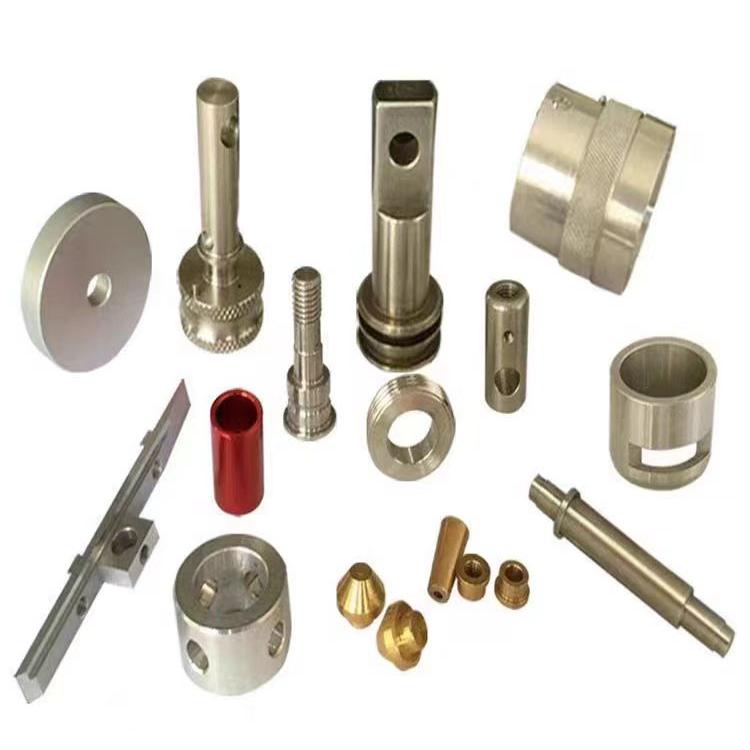3D Printing Filament: Wallet Friend or Budget Foe?
(Is 3d Printing Material Expensive)
Imagine having a magic wand that turns digital designs into real objects. That’s 3D printing for you. But like any magic, there’s a cost. People often ask: does 3D printing material burn a hole in your pocket? Let’s break it down.
First, materials matter. Common filaments like PLA and ABS are cheap. A 1-kilogram spool of basic PLA costs around $20. That’s like buying two fancy coffees. These materials work for everyday projects—phone cases, toys, or kitchen gadgets. But step into specialty materials, and prices jump. Carbon fiber-infused nylon or flexible TPU can hit $50-$100 per spool. These are for pros needing durability or unique properties.
Next, think about how much you print. A 1-kilogram spool prints roughly 400 chess pieces or 20 medium-sized vases. If you’re a hobbyist printing once a week, a $20 spool lasts months. For businesses pumping out prototypes daily, costs add up fast. It’s like driving a car. Short joyrides use little gas. Cross-country trips? Your wallet feels it.
Brands play a role too. Generic filaments are budget-friendly. Name brands like Prusament or Polymaker charge more for consistency and color variety. It’s like shoes. Store brands work fine, but sometimes you want those shiny Nikes.
Don’t forget failed prints. A wobbly desk or wrong settings can turn a $2 print into spaghetti messes. Wasted filament means wasted cash. Beginners might lose more material learning the ropes. Practice cuts these losses over time.
Specialty materials hike costs further. Printing metal-like finishes or heat-resistant parts? Expect pricier filaments. Resin printing ups the ante. Standard resin costs $30-$50 per liter. Tough or dental resins? Double or triple that. These materials aren’t for doodling. They’re for precise needs—jewelry molds or medical models.
Location affects prices. Some countries tax imported filaments. Shipping heavy spools adds fees. Local suppliers might save money. Online deals pop up too. Black Friday sales or bulk buys slash costs.
Storage matters. Filament absorbs moisture. Wet PLA gets brittle and bubbly. A $20 spool ruined by humidity becomes trash. Cheap storage boxes with silica gel keep filaments dry. Ignore this, and you’ll pay twice.
Compare 3D printing to traditional methods. Machining metal parts costs thousands. Injection molds need upfront investments. 3D printing skips these. It’s cheaper for one-off items. For mass production? Traditional methods win.
So is 3D printing material expensive? It depends. Basic PLA is affordable. Specialty stuff costs more. Your project size and needs decide the bill. Hobbyists can stick to budget options. Pros might splurge for performance.
To save cash, start simple. Use PLA for early projects. Buy in bulk during sales. Store filaments properly. Recycle failed prints into new material if possible. Track prices online. Swap tips with 3D printing communities.
(Is 3d Printing Material Expensive)
In the end, 3D printing is what you make it. A frugal hobby? Doable. A high-end craft? Also doable. The magic lies in choices. Pick the right filament, and your creations won’t vanish your savings.
Inquiry us
if you want to want to know more, please feel free to contact us. (nanotrun@yahoo.com)

